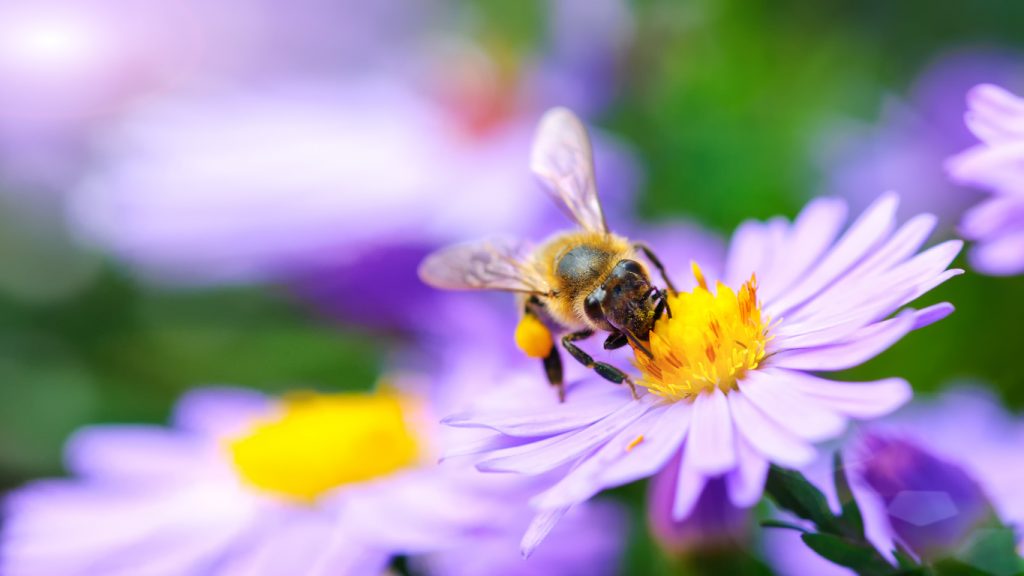U.S. wetlands are becoming further removed from their original state. Much of this environmental degradation has happened during the past few decades.
This new reality spurred the development of wetland restoration projects. In 1992, the National Research Council defined restoration as the “return of an ecosystem to a close approximation of its condition prior to disturbance” (National Research Council. 1992. Restoration of Aquatic Ecosystems), and several organizations have taken up the cause. This article will explain the primary steps involved in a wetland restoration project.
1. Treatment and Removal of Invasive Species
Before “rebuilding” wetlands, restoration projects must remove invasive species from the area. Methods include herbicides, mowing, trimming, and controlled burning. Use of herbicides requires great care to reduce any collateral environmental damage.
2. Implementation of Clean Sand and Sediment
After removing invasive inhabitants, the building process begins. This stage starts with clean “base” elements like sand and sediment. This step may include the installation of engineered caps and organic black dirt. At this point, conservation scientists have a clean slate to recreate the wetland.
3. Seeding and Planting

Once the new sand and sediment are in place, the planting process starts next to avoid erosion. The first step is to seed the restoration area with native vegetation. Successful installation of natives–from perennials to trees–determines the location’s ecological success.
Natives are the foundation of habitat growth and ecosystem preservation. For example, these plants offer protection and sustenance to pollinators. Natives also provide food for birds and smaller mammals.
4. Maintenance and Monitoring
The wetland system requires careful monitoring during the “recovery” process. Native plants take time to establish themselves within the environment (1-2 years).
During this period, occasional maintenance tasks may be necessary. These include reseeding, watering, and selective herbicide applications. Care is also taken to prevent leftover invasive species from returning.
Forrest Keeling: Seven Decades of Restoration

We’ve been growing native plants for over 75 years! We have worked to ensure our operation is sustainable. Along the way, we’ve teamed us with organizations to restore wetland habitats. Our projects include bottomlands throughout the United States.
We take pride in offering an unmatched selection of native species. Each aids in restoring natural habitats and ecosystems. We grow hundreds of native tree, shrub, perennial, and grass species each year. Our patented RPM-production technology gives benefits you won’t find elsewhere! Benefits including 95%+ survivability, 2X growth and faster flowering and fruiting. A Forrest Keeling team member can guide your selection of native options. Together, we can find the right plants for your landscape projects.
Forrest Keeling Nursery… it’s where the best natives begin! Contact us today.
